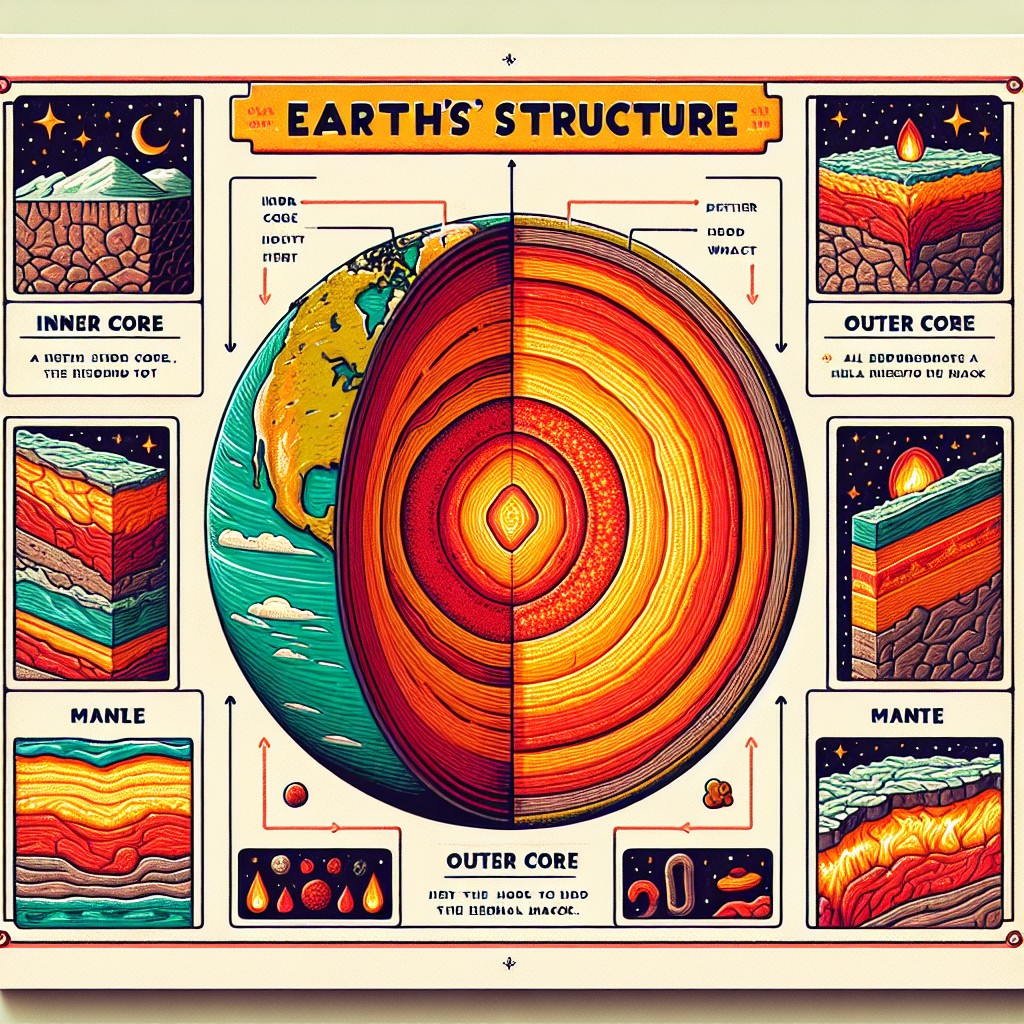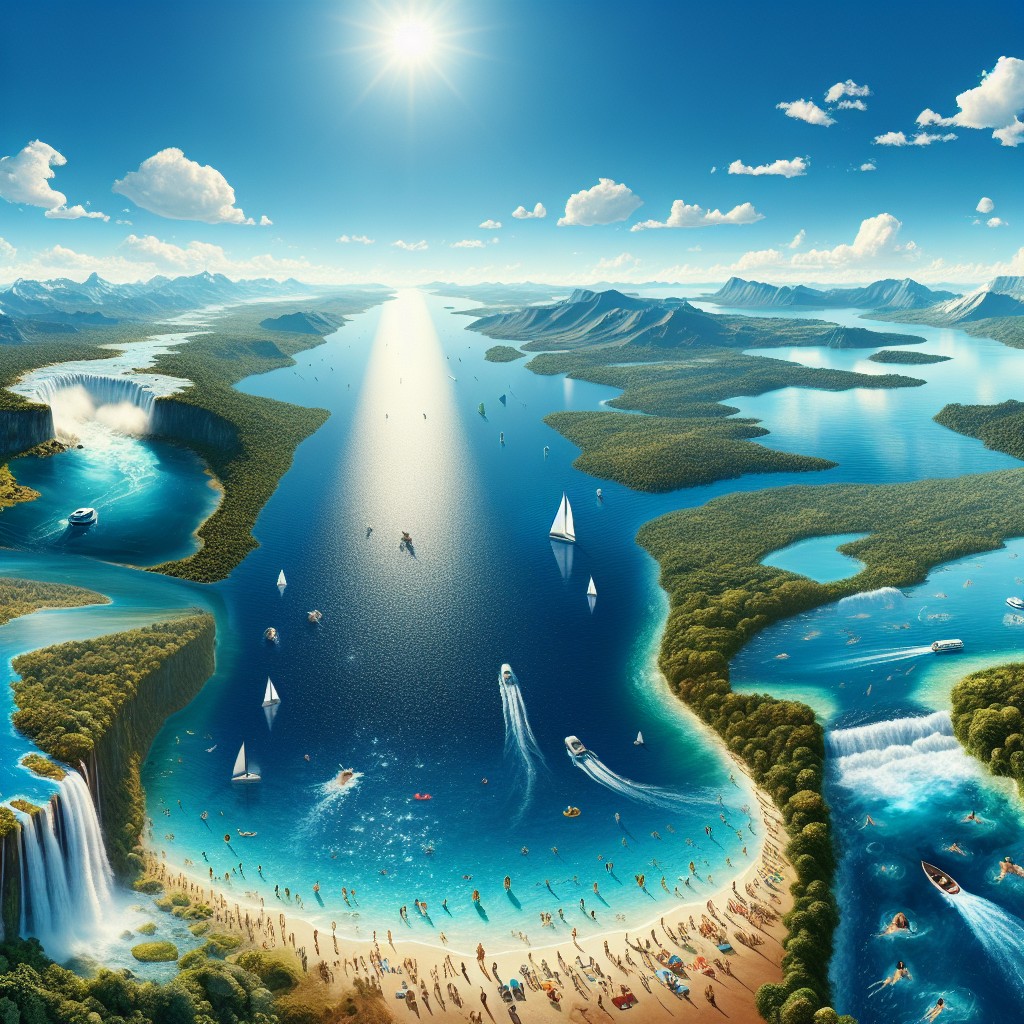The Mediterranean Sea, a vast body of water that has long been a cradle of human civilization, is bordered by three continents: Europe, Asia, and Africa. Spanning approximately 2.5 million square kilometres, it connects to the Atlantic Ocean through the Strait of Gibraltar and is renowned for its rich history, diverse cultures, and significant ecological importance. The sea has served as a vital conduit for trade, cultural exchange, and migration for millennia, shaping the destinies of the nations that line its shores.
From the ancient Phoenicians and Greeks to the Romans and beyond, the Mediterranean has been a stage for human endeavour, exploration, and conflict. The Mediterranean is not merely a geographical feature; it is a complex tapestry of interwoven histories and cultures. Its waters have witnessed the rise and fall of empires, the spread of religions, and the flourishing of arts and sciences.
Today, it remains a focal point for geopolitical interests, environmental concerns, and economic activities. As we delve deeper into the Mediterranean’s geography, climate, biodiversity, human impact, and cultural significance, we uncover the intricate relationships that define this remarkable sea.
Summary
- The Mediterranean Sea is a large body of water surrounded by Europe, Asia, and Africa, and is known for its rich history and diverse cultures.
- The Mediterranean Sea has a diverse geography and climate, with hot, dry summers and mild, wet winters, making it a popular tourist destination.
- The Mediterranean Sea is home to a wide variety of marine life, including over 7000 species of plants and animals, making it one of the most biodiverse regions in the world.
- Human activities such as overfishing, pollution, and coastal development have had a significant impact on the Mediterranean Sea, threatening its delicate ecosystems.
- The Mediterranean Sea plays a crucial role in trade and tourism, with many major ports and popular holiday destinations located along its shores.
Geography and Climate of the Mediterranean Sea
The geographical features of the Mediterranean Sea are as diverse as its cultural heritage. The sea is characterised by its numerous islands, peninsulas, and coastal regions that vary dramatically in topography. Major islands such as Sicily, Sardinia, and Crete are not only significant in size but also in their historical and cultural contributions to the Mediterranean narrative.
The coastline is punctuated by rugged cliffs, sandy beaches, and fertile plains, creating a mosaic of habitats that support a wide range of flora and fauna. The climate of the Mediterranean region is predominantly characterised by a hot-summer Mediterranean climate (Csa), which is typified by dry summers and mild, wet winters. This climatic pattern is influenced by various factors including latitude, altitude, and proximity to land masses.
The summer months see temperatures soar, often exceeding 30 degrees Celsius in many coastal areas, while winters are generally mild with average temperatures ranging from 10 to 15 degrees Celsius. This climate not only supports a rich agricultural landscape but also attracts millions of tourists each year seeking sun-soaked holidays along its picturesque shores.
Biodiversity and Ecosystems of the Mediterranean Sea

The Mediterranean Sea is home to an astonishing array of biodiversity, boasting over 17,000 marine species, many of which are endemic to the region. This rich biodiversity is supported by various ecosystems including coral reefs, seagrass meadows, and deep-sea habitats. The Posidonia oceanica seagrass meadows are particularly noteworthy; they play a crucial role in maintaining water quality and providing habitat for numerous marine organisms.
These meadows are often referred to as the “lungs of the sea” due to their ability to produce oxygen and sequester carbon dioxide. In addition to seagrasses, the Mediterranean hosts a variety of fish species such as the European anchovy (Engraulis encrasicolus), sardines (Sardina pilchardus), and larger predators like the bluefin tuna (Thunnus thynnus). The region is also known for its marine mammals, including dolphins and the endangered monk seal (Monachus monachus).
However, this rich tapestry of life faces significant threats from overfishing, pollution, and climate change. The delicate balance of these ecosystems is increasingly under pressure as human activities continue to encroach upon their habitats.
Human Activities and Impact on the Mediterranean Sea
Human activities have profoundly impacted the Mediterranean Sea over centuries. The region has been a hub for maritime trade since antiquity, with bustling ports facilitating the exchange of goods across continents. However, this economic activity has come at a cost.
Overfishing has led to significant declines in fish populations, disrupting marine food webs and threatening the livelihoods of local fishing communities. The bluefin tuna, once abundant in these waters, has seen its numbers plummet due to unsustainable fishing practices driven by high market demand. Pollution is another critical issue facing the Mediterranean Sea.
Urbanisation along its coastlines has resulted in increased runoff of pollutants into the water. Industrial waste, agricultural runoff containing pesticides and fertilisers, and untreated sewage discharge contribute to deteriorating water quality. The presence of microplastics has become particularly alarming; studies have shown that these tiny particles are now ubiquitous in marine environments, posing risks to marine life and potentially entering the human food chain through seafood consumption.
The cumulative effects of these activities threaten not only marine biodiversity but also the health of coastal communities reliant on these ecosystems.
Importance of the Mediterranean Sea for Trade and Tourism
The Mediterranean Sea plays an indispensable role in global trade and tourism. Its strategic location has made it a vital maritime route for shipping goods between Europe, Asia, and Africa. Major ports such as Barcelona, Marseille, and Genoa serve as critical nodes in international trade networks.
The sea facilitates the transport of commodities ranging from oil and gas to agricultural products and manufactured goods. This economic activity is essential for the economies of many Mediterranean countries, providing jobs and supporting local industries. Tourism is another cornerstone of the Mediterranean economy.
The region attracts millions of visitors each year who flock to its sun-drenched beaches, historic cities, and cultural landmarks. Destinations like Venice, Athens, and Dubrovnik are renowned for their historical significance and architectural beauty. The tourism sector not only generates substantial revenue but also fosters cultural exchange among diverse populations.
However, this influx of tourists can lead to environmental degradation if not managed sustainably. Balancing economic benefits with ecological preservation remains a critical challenge for policymakers in the region.
Conservation Efforts and Challenges in the Mediterranean Sea

In response to the myriad challenges facing the Mediterranean Sea, various conservation efforts have been initiated at both national and international levels. The Barcelona Convention for the Protection of the Mediterranean Sea Against Pollution is one such framework aimed at reducing pollution and protecting marine biodiversity. This agreement encourages cooperation among Mediterranean countries to address environmental issues collectively.
Additionally, numerous marine protected areas (MPAs) have been established to safeguard critical habitats and promote sustainable fishing practices. Despite these efforts, significant challenges remain. Enforcement of environmental regulations can be inconsistent across different countries due to varying levels of political will and resources.
Moreover, climate change poses an existential threat to marine ecosystems; rising sea temperatures and ocean acidification are altering species distributions and disrupting traditional fishing patterns. Addressing these challenges requires coordinated action among nations bordering the Mediterranean Sea as well as engagement with local communities to foster stewardship of marine resources.
Cultural and Historical Significance of the Mediterranean Sea
The cultural significance of the Mediterranean Sea cannot be overstated; it has been a source of inspiration for artists, writers, and philosophers throughout history. The sea has served as a backdrop for countless myths and legends—from Odysseus’s epic journey in Homer’s “Odyssey” to the tales of ancient mariners navigating its treacherous waters. The diverse cultures that have flourished along its shores have contributed to a rich tapestry of art, music, cuisine, and traditions that continue to influence contemporary society.
Historically, the Mediterranean has been a melting pot of civilisations where ideas were exchanged freely across borders. The spread of agriculture from the Fertile Crescent into Europe occurred via this maritime route; similarly, philosophical ideas from ancient Greece permeated through Rome into other parts of Europe during the Renaissance. The sea has also been a site of conflict; battles fought over control of trade routes have shaped political boundaries and alliances throughout history.
Today, this historical legacy continues to inform contemporary cultural identities within Mediterranean nations.
Future Outlook for the Mediterranean Sea
Looking ahead, the future of the Mediterranean Sea hinges on our ability to address pressing environmental challenges while fostering sustainable development. Climate change will undoubtedly continue to impact marine ecosystems; however, proactive measures can mitigate some effects if implemented promptly. Transitioning towards renewable energy sources can reduce reliance on fossil fuels that contribute to pollution while promoting sustainable tourism practices can help preserve natural resources.
Furthermore, fostering international cooperation among Mediterranean countries will be crucial in addressing shared challenges such as overfishing and pollution control. Engaging local communities in conservation efforts can empower them to take ownership of their natural resources while ensuring that economic benefits are equitably distributed. As we navigate these complexities in pursuit of a sustainable future for the Mediterranean Sea, it is imperative that we recognise its intrinsic value—not only as an economic asset but also as a vital component of our shared cultural heritage and ecological well-being.
FAQs
What countries border the Mediterranean Sea?
The Mediterranean Sea is bordered by 21 countries, including Spain, France, Monaco, Italy, Slovenia, Croatia, Bosnia and Herzegovina, Montenegro, Albania, Greece, Turkey, Syria, Cyprus, Lebanon, Israel, Palestine, Egypt, Libya, Tunisia, Algeria, and Morocco.
What is the climate like around the Mediterranean Sea?
The Mediterranean region has a Mediterranean climate, characterized by hot, dry summers and mild, wet winters. The climate is influenced by the sea, with coastal areas experiencing milder temperatures than inland regions.
What are the major ports and cities around the Mediterranean Sea?
Some of the major ports and cities around the Mediterranean Sea include Barcelona, Marseille, Genoa, Naples, Athens, Istanbul, Alexandria, Tunis, Algiers, and Valencia. These cities are important hubs for trade, tourism, and cultural exchange.
What are the main economic activities in the Mediterranean region?
The Mediterranean region is known for its diverse economic activities, including tourism, agriculture, fishing, shipping, and trade. The region is also rich in natural resources such as oil and gas, which contribute to its economic significance.
What are some of the environmental challenges facing the Mediterranean Sea?
The Mediterranean Sea faces several environmental challenges, including pollution, overfishing, habitat destruction, and climate change. These issues threaten the biodiversity and ecological balance of the region, prompting efforts to promote sustainable development and conservation.


